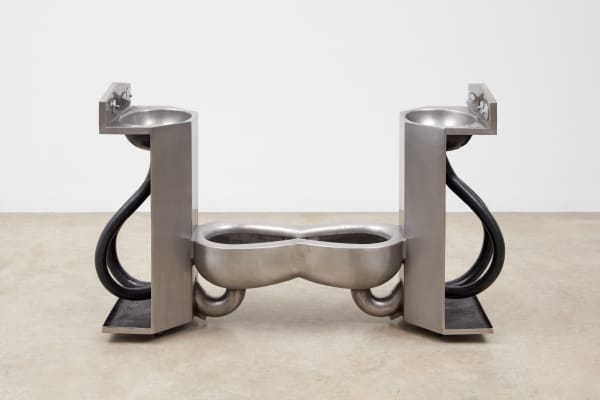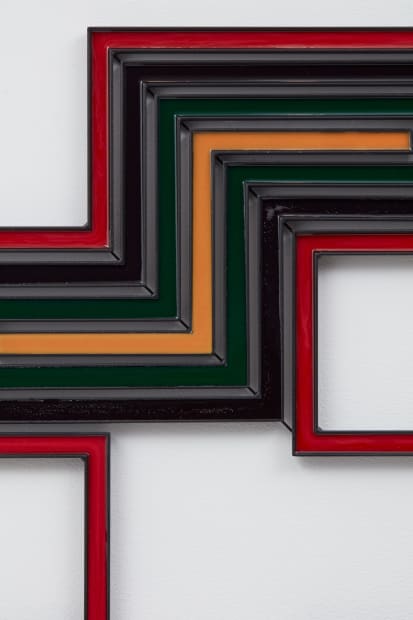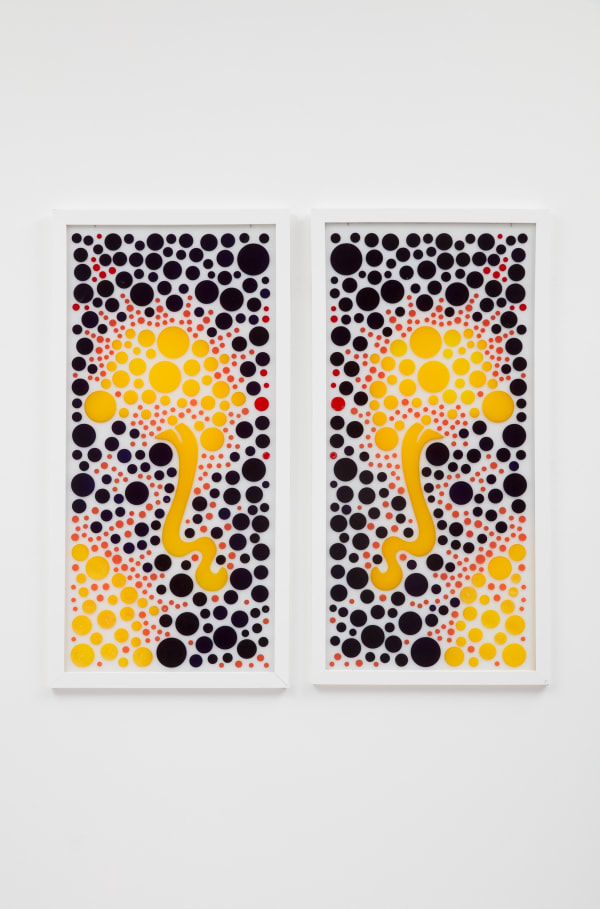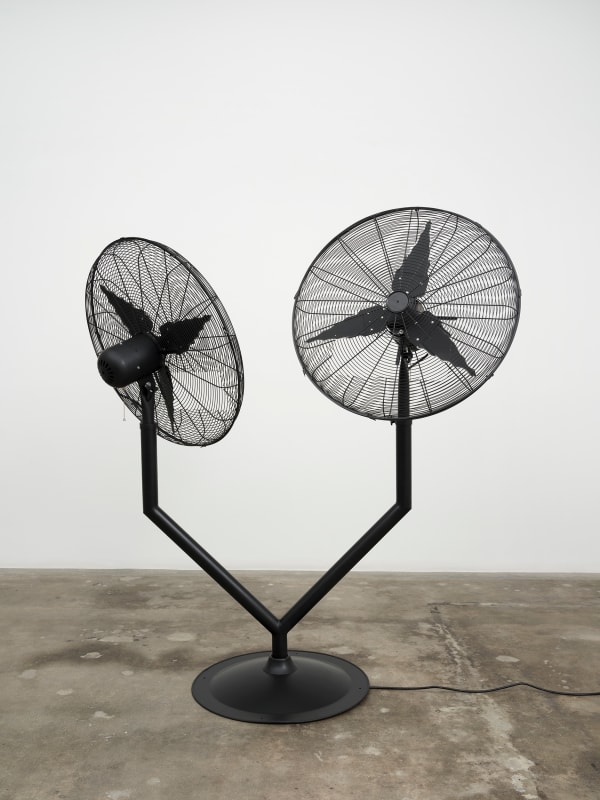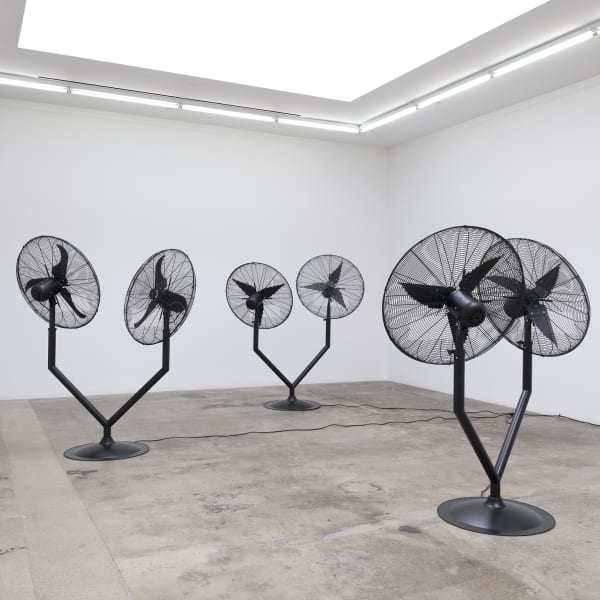-
-

-

-
-
-
-
-
-
-
Born in 1984 in Asheville, North Carolina, Sherrill Roland studied at Skowhegan School of Painting and Sculpture (2018) and earned his MFA and BFA from the University of North Carolina at Greensboro (2017 and 2009). He has had solo exhibitions at the Nasher Museum of Art at Duke University (2024-2025); Ackland Art Museum at The University of North Carolina at Chapel Hill (2024-2025); Asheville Art Museum, Asheville, NC (2022-2023); Southeastern Center for Contemporary Art (SECCA), Winston-Salem, NC (2022); Shirley Fiterman Art Center, Borough of Manhattan Community College, New York (2019); Maria & Alberto de la Cruz Gallery, Georgetown University, Washington, DC (2019); Brooklyn Public Library (Central Library), Brooklyn, NY (2017); Los Angeles Contemporary Exhibitions, Los Angeles (2017): among others.
His work has been included in group exhibitions at the Hammer Museum, Los Angeles (2024-2025); The Warehouse, Dallas, TX (2024, 2022); San Jose Museum of Art, San Jose, CA (2024, 2020); The Gund, Kenyon College, Gambier, OH (2024); Nasher Museum of Art, Duke University, Durham, NC (2023, 2021); Ford Foundation Gallery, New York (2023); Black Mountain College Museum and Arts Center, Asheville, NC (2021); Tufts University Art Galleries, Medford, MA (2020); Addison Gallery of American Art, Andover, MA (2019); CAM Houston, Houston (2018); and Studio Museum in Harlem, New York, NY (2017).
Roland is the recipient of the 2025 USA Fellowship; Gibbes Museum of Art’s 1858 Prize for Contemporary Southern Art (2023); Creative Capital Award (2021); South Arts Southern Grand Prize & State Fellowship (2020); and was an Art for Justice Grantee (2020) in addition to many other awards and recognitions. He has had fellowships and residencies at Fountainhead, Miami; Duke University, Durham, NC; Otis College of Art and Design, Los Angeles, CA; among others. Roland’s work is the permanent collections of the Addison Gallery of American Art, Andover, MA; Asheville Art Museum, Asheville, NC; Hammer Museum, Los Angeles, CA; Nasher Museum of Art at Duke University, Durham, NC; North Carolina Museum of Art, Raleigh, NC; Studio Museum in Harlem, New York; Fountainhead, Miami; and Harvey B. Gantt Center for African American Arts + Culture, Charlotte, NC. He lives and works in Durham, NC.





